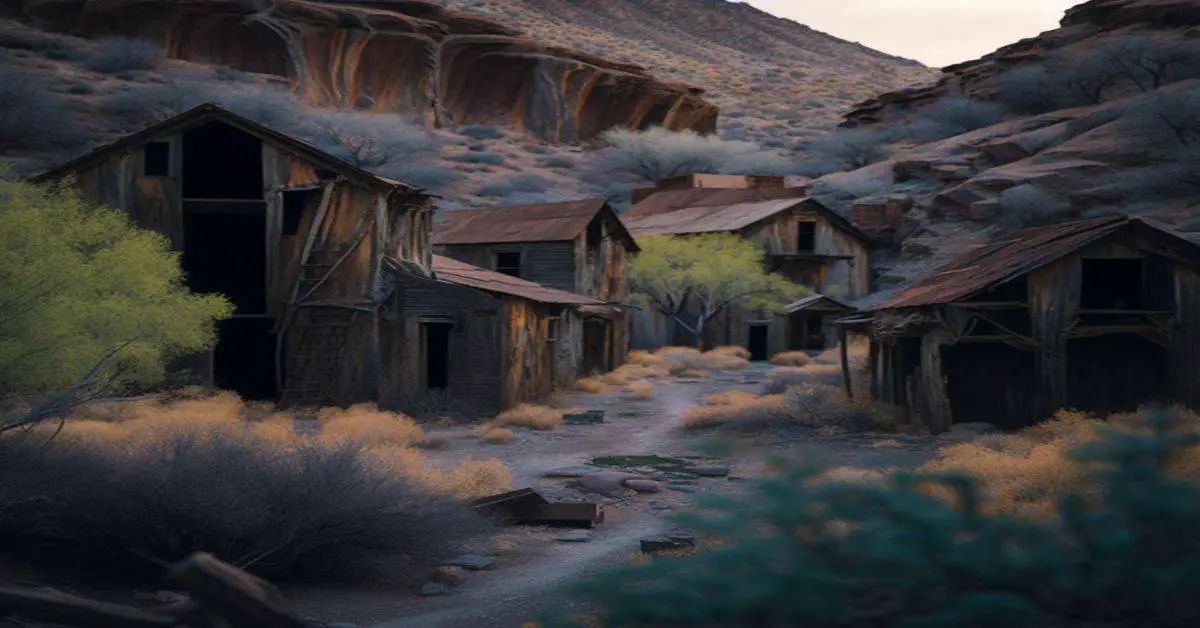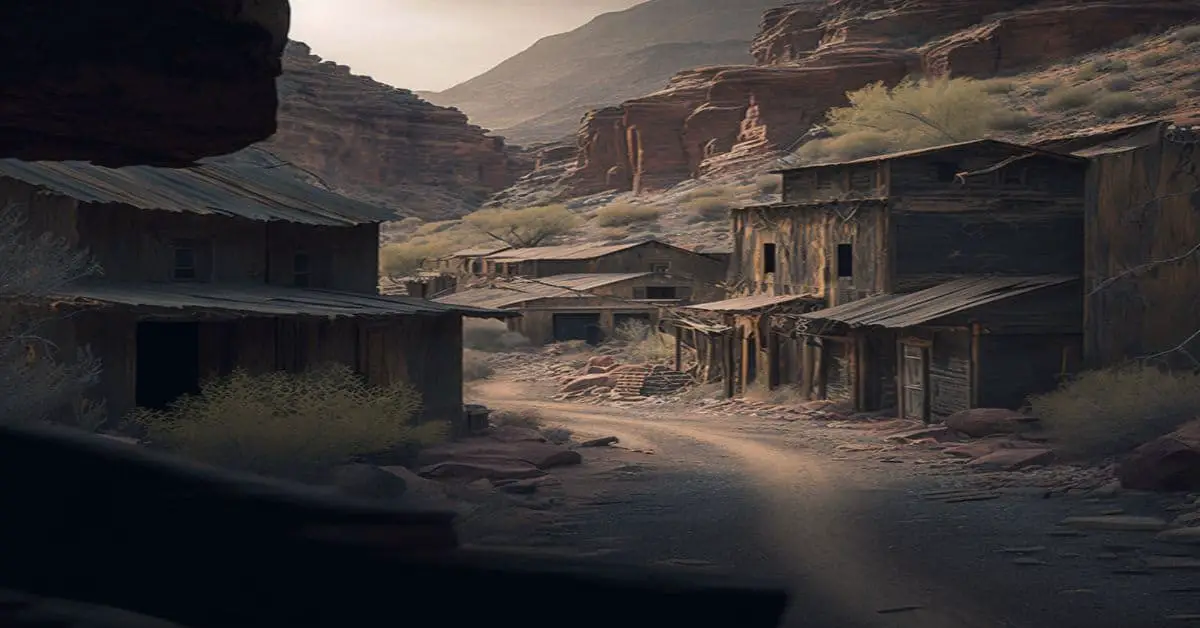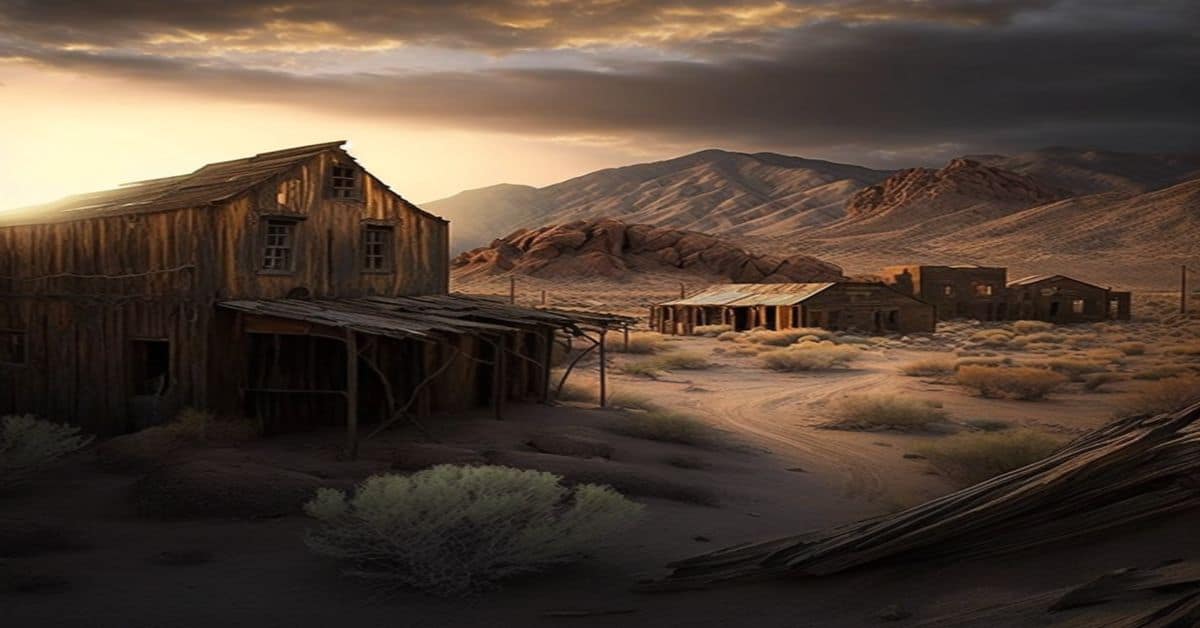Cicero, a small town located just 4 miles north of Wellington, Kansas, was once a thriving community that played a significant role in the local economy during the late 1800s. Its proximity to the Santa Fe railroad made it a hub for shipping wheat and cattle to nearby cities like Wichita, Emporia, and Kansas City, and it boasted two wooden grain elevators, a town hall, a few houses, a store with a post office, and a one-room schoolhouse.
Social activities were held at the town hall, which was a gathering place for meetings, dances, voting, and church.
Despite its prosperous beginnings, Cicero gradually faded into obscurity after World War II due to the rise of trucks for direct market transport. The town was gradually abandoned, and today, only a few remnants remain, including the town hall, elevator ruins, and one house.
In this article, we will explore the history of Cicero, from its thriving beginnings to its ghostly remains, and examine the factors that led to its decline. Through a comprehensive analysis of the town’s infrastructure, social activities, and desertion, we will paint a vivid picture of a once-vibrant community that now stands as a haunting reminder of a bygone era.
Key Takeaways
- Cicero was a small town that played a significant role in the local economy during the late 1800s, with its proximity to the Santa Fe railroad making it a hub for shipping wheat and cattle to nearby cities.
- Social activities were held at the town hall and the one-room schoolhouse, which served as a gathering place for meetings, dances, voting, church, and education for the town’s children.
- The decline of the grain elevators and changes in transportation led to the town’s population dwindling and businesses shutting down, with the wooden grain elevators and town hall eventually falling into disuse and disrepair.
- Today, only a few remnants remain, including the town hall, elevator ruins, and one house, as a reminder of the impact of transportation technology on rural communities and the families who once called Cicero home.
Location and History
Located just 4 miles north of Wellington and founded in the late 1800s, Cicero was once a thriving town with a bustling infrastructure of two wooden grain elevators, a town hall, several houses, a store with a post office, and a one-room schoolhouse.
The town served as a mainstay for shipping wheat and cattle to Wichita, Emporia, and Kansas City via the Santa Fe railroad.
However, after WWII, it was gradually deserted due to the advent of trucks for direct market transport, leading to the demolition of grain elevators and the disappearance of most of the town’s houses and buildings.
Despite its abandonment, Cicero still holds some exploration possibilities for those interested in historical significance.
The town hall, used for meetings, dances, voting, and church, still represents the community’s social activities.
Additionally, the ruins of the two grain elevators and a single house offer glimpses of the town’s past and its role in the local economy.
The remains of Cicero serve as a reminder of the impact of transportation technology on rural communities and the ever-changing nature of human settlements.
Infrastructure and Social Activities
The infrastructure of Cicero included two wooden grain elevators, which played a crucial role in the town’s economy. Cicero was primarily an agriculture-based town, and the elevators were used for shipping wheat and cattle to larger cities such as Wichita, Emporia, and Kansas City.
The town hall was also an essential part of the infrastructure, serving as a place for meetings, dances, voting, and church services. Additionally, the town had several houses, a store with a post office, and a one-room schoolhouse.
The one-room schoolhouse was a significant part of the social fabric of Cicero. It provided education for the town’s children and also served as a community center for various events. Despite its small size, the schoolhouse was essential to the town’s identity.
Overall, Cicero’s infrastructure and social activities were typical of a small, rural town in the late 1800s and early 1900s.
Desertion and Remains
Following the grain elevators’ decline and transportation changes, the once bustling community of Cicero slowly vanished, leaving behind only a few remnants of its past.
With the advent of trucks for direct market transport, the town’s mainstay of shipping wheat and cattle to Wichita, Emporia, and KC became obsolete. As a result, the town’s population dwindled, and businesses began to shut down.
Once the pride of the town, the wooden grain elevators were eventually demolished due to fears of collapsing on the tracks. The town hall, used for meetings, dances, and church activities, also fell into disuse and disrepair.
Today, the remains of Cicero are limited to abandoned buildings and a few scattered ruins. The town hall still stands but is in disrepair, and its use is uncertain.
The ruins of the grain elevators are a reminder of the town’s past economic prosperity. The only remaining structure is a single house, a poignant reminder of the families who once called Cicero home.
While the town may be gone, its remains continue to evoke a sense of nostalgia and curiosity in those who visit.
Frequently Asked Questions
What was the population of Cicero at its peak?
Population statistics for Cicero at its peak are unknown. Still, the town’s economic growth was based on shipping wheat and cattle via the Santa Fe railroad to Wichita, Emporia, and Kansas City.
Did Cicero have any notable historical events or figures associated with it?
There are no significant figures or notable historical events associated with Cicero. However, its economic development and industries, including shipping wheat and cattle, had a cultural impact on the town and surrounding area.
What was the average lifespan of a resident of Cicero?
There is no available information on the average lifespan of a resident of Cicero. Without data on health conditions, it is impossible to speculate on the town’s overall life expectancy.
Were there any conflicts or rivalries between Cicero and neighboring towns?
There is no evidence of border disputes or economic competition between Cicero and neighboring towns. The town’s demise was likely due to the rise of direct market transport via trucks and the demolition of its elevators.
Are there any plans or efforts to restore or preserve the remaining structures in Cicero?
Preservation efforts for the remaining structures in Cicero are currently unknown. Despite its historical significance, the town remains abandoned and only a few structures remain. A hypothetical restoration plan could attract tourism and revive the town.



